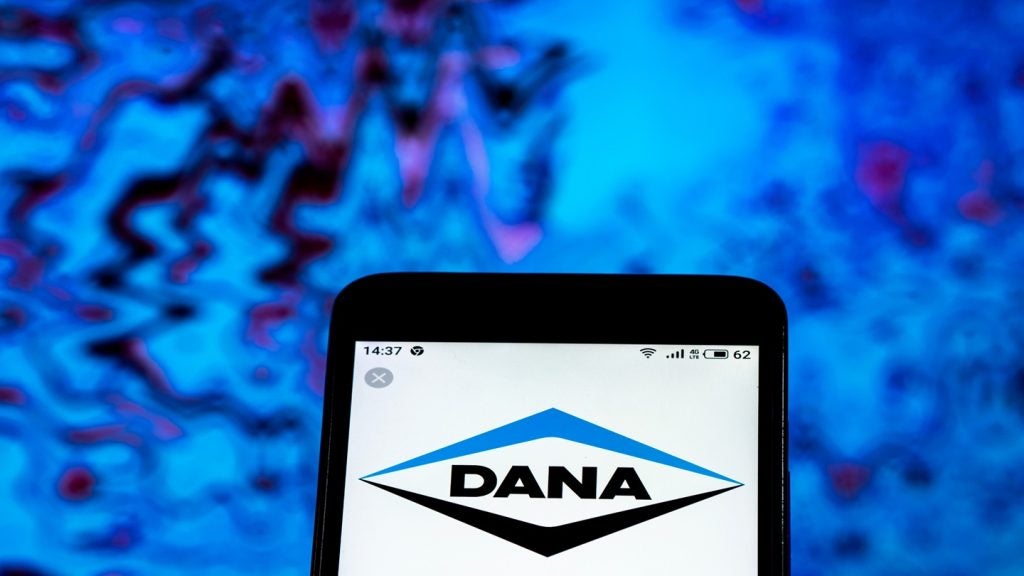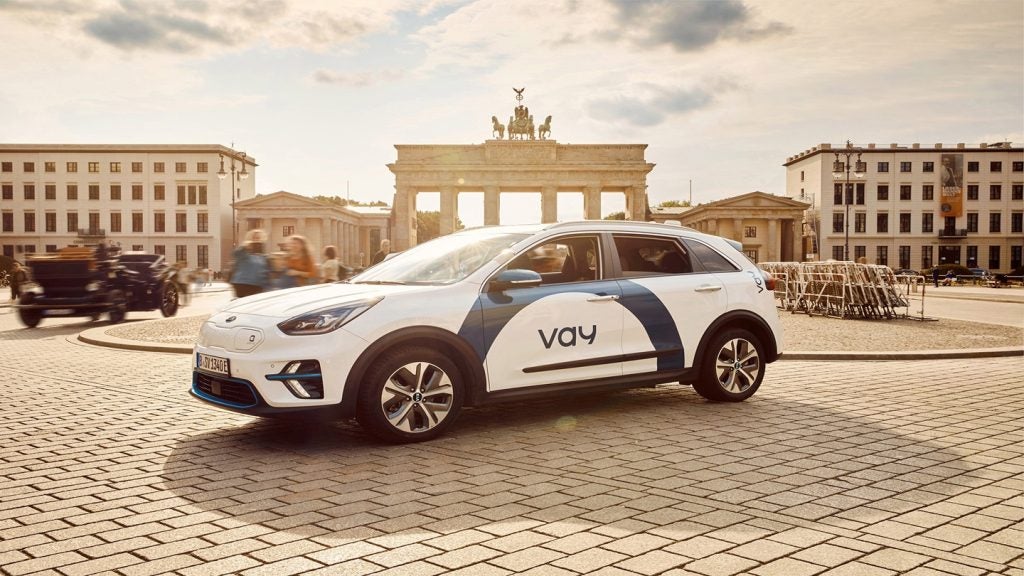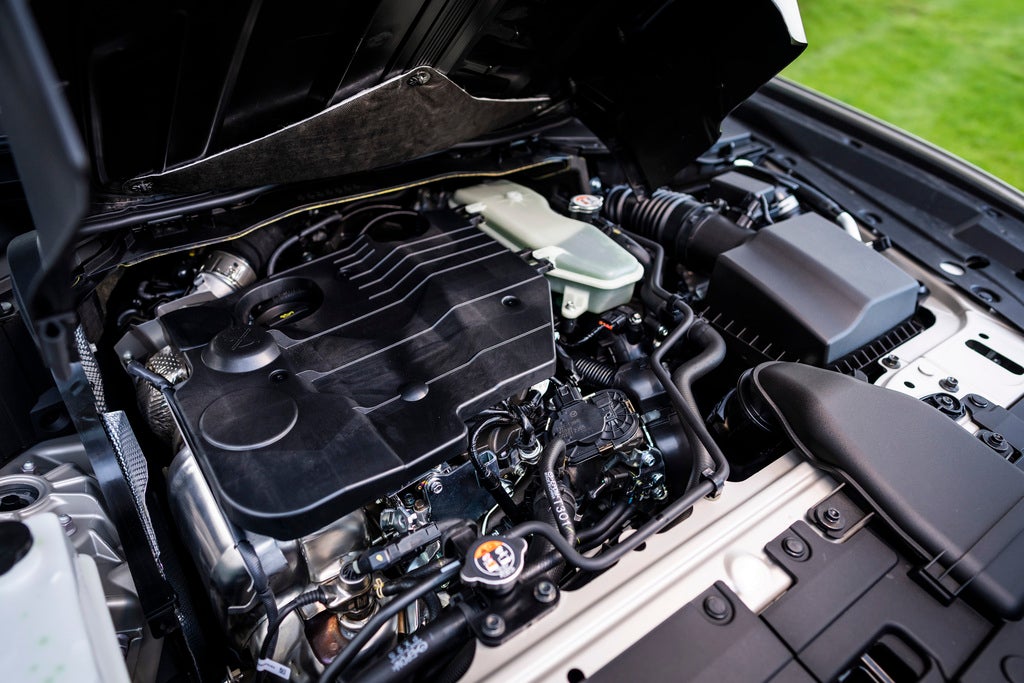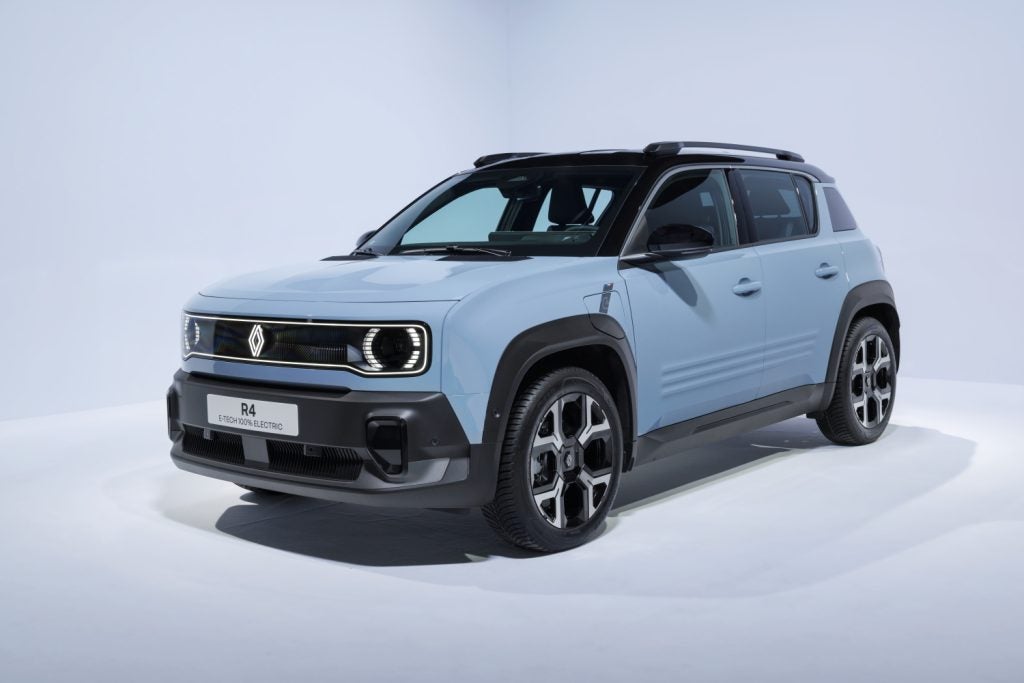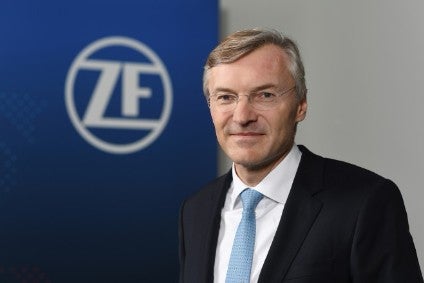
ZF says around 13,000 new electric vehicle charging stations need to be installed per week to meet the European Commission (EC) target of reaching 6.4m such power installations by 2030.
The hugely ambitious aim reflects the scale of the challenge facing European countries, as the race to match infrastructure with growing demand for EVs, only intensifies in tandem with demands from Brussels for ever tighter emissions controls.
How well do you really know your competitors?
Access the most comprehensive Company Profiles on the market, powered by GlobalData. Save hours of research. Gain competitive edge.

Thank you!
Your download email will arrive shortly
Not ready to buy yet? Download a free sample
We are confident about the unique quality of our Company Profiles. However, we want you to make the most beneficial decision for your business, so we offer a free sample that you can download by submitting the below form
By GlobalData“If e-mobility wants to be successful, we need infrastructure measures,” ZF CEO Wolf-Henning Scheider told just-auto as the German supplier presented its first-half, 2021 results in a virtual conference from its headquarters in Friedrichshafen on the shores of Lake Constance in southern Germany.
“In Europe for example, per week [we] need to install 13,000 charging stations by 2030 to achieve the EC target of 6.4m charging stations, so the future fleet of e-vehicles can be charged. That will not work unless we have strong support from governments.
“In addition, some of the high technologies will [be] in regions such as China and the US and it’s essential Europe has similar programmes and remains competitive. We are cooperating with governments to accelerate technology.”
ZF is well positioned to capitalise on business opportunities afforded by future mobility trends as it has weathered the worst of the storm thrown at it and other suppliers by the pandemic.
The results from Friedrichshafen show sales in the first half of 2021 rose significantly to EUR19.3bn (US$22.9bn) compared with EUR13.5bn in the first six months of Covid pandemic-hit 2020, a rise of 43%.
Adjusted EBIT was EUR1bn compared with a loss of EUR177m in H1, 2020.
“It is important to take advantage of e-mobility needs,” added Scheider. “This is definitely an essential aspect. I talked about the balance between climate protection, mobility and also, sector jobs. We have a clear focus on e-mobility, wind power, hardware, software, [as well as] new mobility solutions.
“In addition, longer-term trends are accelerating, which is evident in Europe through new highly ambitious CO2 emissions limits. While this increases the demand for all-electric drives, it will be very difficult to strike a balance between climate protection, employment and people’s mobility needs.
“A clear plan for infrastructure development – from power generation and power grids to the charging infrastructure – is essential in helping determine the path forward.”
ZF notes in addition to continuing to work in pandemic conditions, the first half of the year was characterised by immediate effects such as the semiconductor shortage and interrupted supply chains, as well as price increases for raw materials and logistics services.
The company has partially re-adjusted its supply chains and shortened them by increasingly involving local component providers.




